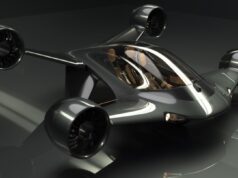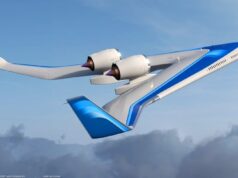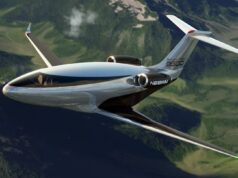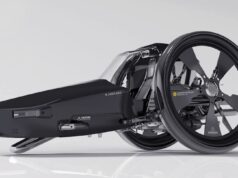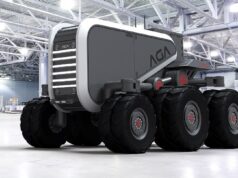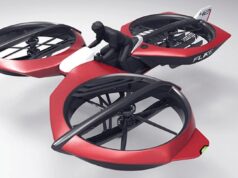Lockheed’s Star Clipper was a proposed Earth-to-orbit spaceplane based on a large lifting body spacecraft and a wrap-around drop tank. Originally proposed during a USAF program in 1966, the basic Star Clipper concept lived on during the early years of the NASA Space Shuttle program, and as that project evolved, in a variety of new versions like the LS-200.
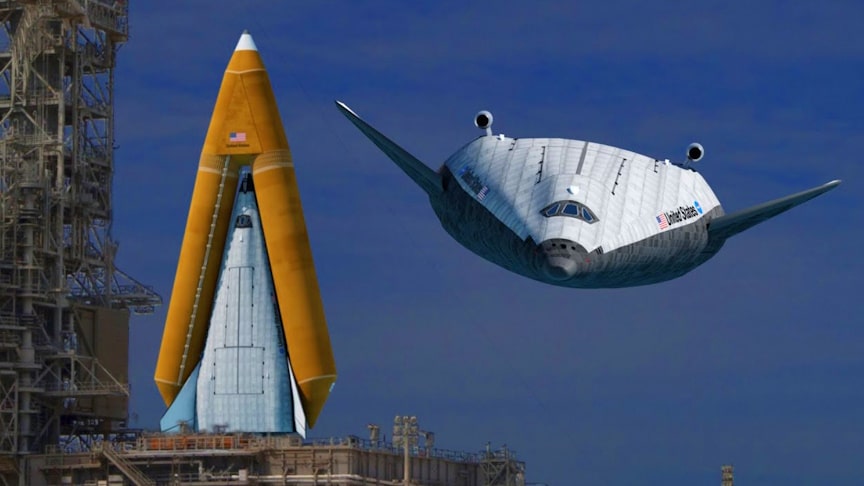
source-image: Hazegrayart
The LS-200 was very similar to the earlier version, it was smaller overall, The M-1 engines were replaced with the Space Shuttle Main Engines.
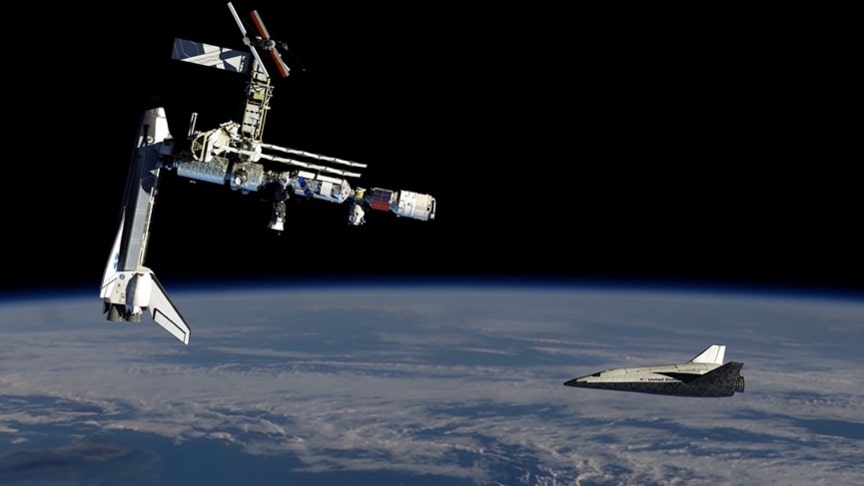
source-image: Hazegrayart
Star Clipper was based around a large lifting body re-entry vehicle known as the LSC-8MX, which was based on the FDL-5LD and FDL-8H designs developed at the Air Force’s Flight Dynamics Laboratory. At hypersonic speeds, during re-entry, the craft had a lift-to-drag ratio of 1.8 to 1, giving it ample maneuvering capability.
Advertisement
In the lower atmosphere this was far too low to allow safe landings in the case of a go-around, so the Star Clipper featured small wings that rotated out of the side of the spacecraft at subsonic speeds, improving the L/D to 8.1:1. To aid landings, two jet engines extended from the top of the fuselage, giving it the ability to abort landings. It was 186 ft (57 m) long and had a 106 ft (32 m) wide at the tips of its upturned wingtips.
The Clipper was powered by three 1.5-million-pound-force (6,700 kN) thrust M-1 engines. Public versions of the design showed the engines being equipped with expanding nozzles, a way to improve the performance of the rocket engines by better matching them to the local atmospheric pressure as it climbs.

